
Olaus Johannis Gutho (died 1516) was a late 15th-century student at Uppsala University, whose preserved lecture notes are one of the few sources for the curriculum of the only mediaeval Swedish university. [2]

Olaus Johannis Gutho (died 1516) was a late 15th-century student at Uppsala University, whose preserved lecture notes are one of the few sources for the curriculum of the only mediaeval Swedish university. [2]
Olaus was a student at Uppsala University from its very first semester in 1477 until at least 1486, and later became a monk in the Brigittine Abbey of Vadstena. His name is a latinization of Olof Johansson or Olof Jonsson (or a similar form), with the byname indicating that he was from the island of Gotland. He is mentioned as a baccalaureus in artibus in an undated note, and was a magister artium by the time he entered the monastery in 1506. However, Olaus had not yet graduated as a baccalaureus in 1486, at the time of the last dated notes, which may be explained by his young age at the time of enrollment; students could enter university as young as seven or eight years old, but were not allowed to take the baccalaureate until the age of seventeen. Olaus died in 1516 during a visit to Poland.
When entering the monastery in 1506, Olaus was required to give up all his private possessions; the notes from lectures in Uppsala which he donated to the monastery library made up seven bound volumes. These were eventually returned to Uppsala along with the rest of the library after the dissolution of the Abbey of Vadstena in the late 16th century, and they now belong to the Uppsala University Library. The manuscripts (C 195, 242, 599, 600, 601, 602 and 627) were edited and published with an introduction by the Latinist Anders Piltz in his dissertation Studium Upsalense (1977).
The earliest notes cover theology, although Olaus started his studies in the Faculty of Philosophy in 1482. The notes show a strong emphasis on Aristotelian philosophy and the influence of Albertus Magnus and Thomas Aquinas that pervaded education in all universities in Europe at the time. His teachers included the theologians Ericus Olai, remembered for his chronicle Chronica regni gothorum, and Peder Galle, who later became known as one of the leading opponents of the Protestant reformation in Sweden. The Uppsala curriculum also included Euclid's mathematics and the astronomy text De sphaera mundi by Johannes de Sacrobosco. [3] The astronomy notes have influenced Uppsala astronomers to name an asteroid after him, 8869 Olausgutho, discovered in 1992. [4]
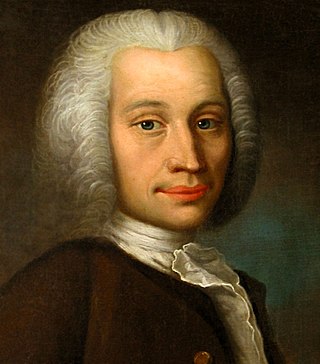
Anders Celsius was a Swedish astronomer, physicist and mathematician. He was professor of astronomy at Uppsala University from 1730 to 1744, but traveled from 1732 to 1735 visiting notable observatories in Germany, Italy and France. He founded the Uppsala Astronomical Observatory in 1741, and in 1742 proposed the Centigrade temperature scale which was later renamed Celsius in his honour.

Lund University is a public research university in Sweden and one of Northern Europe's oldest universities. The university is located in the city of Lund in the province of Scania, Sweden. It traces its roots back to 1425, when a Franciscan studium generale was founded in Lund. After Sweden won Scania from Denmark in the 1658 Treaty of Roskilde, the university was officially founded in 1666 on the location of the old studium generale next to Lund Cathedral.
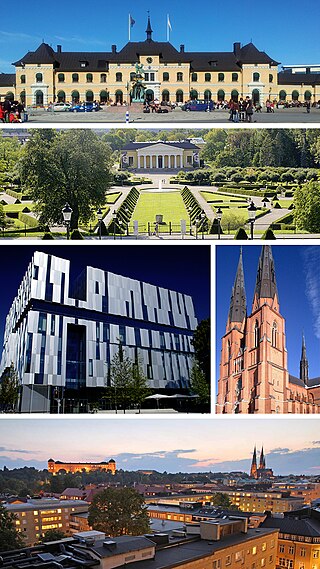
Uppsala is the county seat of Uppsala County and the fourth-largest city in Sweden, after Stockholm, Gothenburg, and Malmö. It had 177,074 inhabitants in 2019.

Uppsala University (UU) is a public research university in Uppsala, Sweden. Founded in 1477, it is the oldest university in Sweden and the Nordic countries still in operation.

Year 1477 (MCDLXXVII) was a common year starting on Wednesday of the Julian calendar.
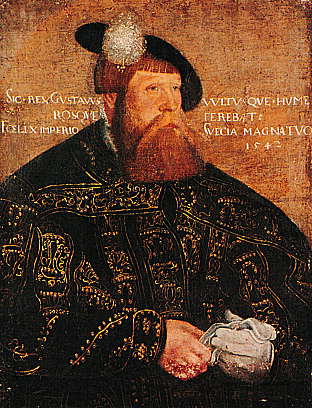
Gustav I, commonly known as Gustav Vasa, was King of Sweden from 1523 until his death in 1560, previously self-recognised Protector of the Realm (Riksföreståndare) from 1521, during the ongoing Swedish War of Liberation against King Christian II of Denmark, Norway and Sweden. Gustav rose to lead the Swedish War of Liberation following the Stockholm Bloodbath, where his father was executed. Gustav's election as king on 6 June 1523 and his triumphant entry into Stockholm eleven days later marked Sweden's final secession from the Kalmar Union.

The Catholic Church in Sweden was established by Archbishop Ansgar in Birka in 829, and further developed by the Christianization of Sweden in the 9th century. King Olof Skötkonung is considered the first Christian king of Sweden.

Carta marina et descriptio septemtrionalium terrarum is the first map of the Nordic countries to give details and place names, created by Swedish ecclesiastic Olaus Magnus and initially published in 1539. Only two earlier maps of the Nordic countries are known, those of Jacob Ziegler and Claudius Clavus.

Knut Johan Ångström was a Swedish physicist. He was the son of physicist Anders Jonas Ångström and studied in Uppsala from 1877 to 1884, when he received his licentiat-degree, before going for a short time to the University of Strassburg (Strasbourg) to study with August Kundt. Coming back to Uppsala, he completed his doctoral degree and was appointed lecturer in physics at the new university college in Stockholm in 1885. After a few years working there, he returned to Uppsala in 1891 and received the professorship of Physics in 1896.

The Archbishop of Uppsala has been the primate of Sweden in an unbroken succession since 1164, first during the Catholic era, and from the 1530s and onward under the Lutheran church.
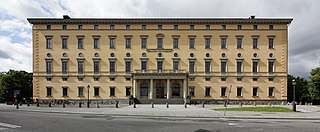
The Uppsala University Library at Uppsala University in Uppsala, Sweden, consists of 11 subject libraries, one of which is housed in the old main library building, Carolina Rediviva. The library holds books and periodicals, manuscripts, musical scores, pictures, and maps.

Gustavianum is the oldest standing building of Uppsala University. It was built between 1622 and 1625, and was used as the main building of the university between 1778 and 1887. Since 1997, it has been used as the university's museum.

The Abbey Pax Mariae, more commonly referred to as Vadstena Abbey, situated on Lake Vättern in the Diocese of Linköping, Sweden, is a monastery of nuns within the Bridgettine Order. It was active from 1346 until 1595 and has been active since 1963, regaining status as an autonomous abbey in 1991.
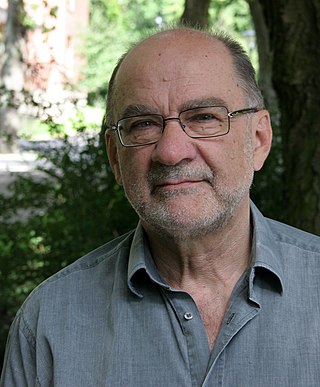
Anders Piltz is a Swedish Latinist, medievalist, Dominican friar, and Roman Catholic priest

Elsa Olava Kristina Eschelsson was the first woman to finish a Doctor of Laws degree and the first to attain the academic position of docent at a Swedish university, but was denied the right to even serve as acting professor because of her sex. She died in 1911 from an overdose of sleeping-powder.

Göteborgs nation is one of the 13 student nations at Uppsala University. It was founded in 1667. Göteborgs nation was originally aimed primarily at students from Gothenburg, Bohuslän and Halland.

The Reformation in Sweden is generally regarded as having begun in 1527 during the reign of King Gustav I of Sweden, but the process was slow and did not end definitively until the Uppsala Synod of 1593 and the following War against Sigismund, with an attempted counter-reformation during the reign of John III (1568–1592).
Kanutus Johannis was a Swedish Franciscan friar, writer and book collector. Coming from a burgher family, he rose within the ranks of the Greyfriars Monastery in Stockholm and eventually became its leader. He wrote in Latin and produced a small variety of works in a style which has been called "unremarkable" but which remains a testament of medieval Swedish literature written in Latin. His book collection, acquired partially by purchases abroad, was donated to the monastery and partially survives within the collections of Uppsala University Library.
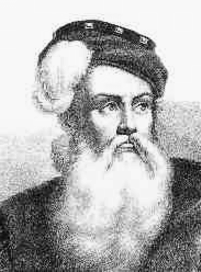
Anders Bure was a Swedish cartographer, considered the "father of Swedish cartography". He worked in the royal chancellery and in 1603 was commissioned to produce a map of the Nordic countries by the future King Charles IX of Sweden. He produced a first map, covering the northern parts of Sweden, in 1611; it was considerably more accurate than earlier attempts at mapmaking and has been called the first real map of Sweden. It was followed by a more comprehensive map of Scandinavia in 1626, which would become a model for mapmakers for generations. In 1628, he became de facto the first head of Lantmäteriet, the Swedish Mapping, Cadastral, and Land Registration Authority. He was ennobled in 1624.